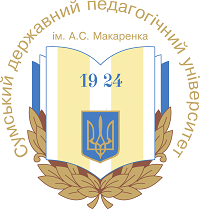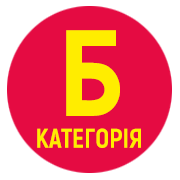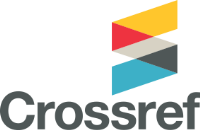INTEGRATION OF SPORTS AND ARTS IN TEACHING HOPAK
DOI:
https://doi.org/10.32782/olimpspu/2025.1.14Keywords:
Hopak, integration of sports and art, pedagogical approaches, choreography, physical development, teaching methodologyAbstract
The article is devoted to the analysis of the integration of sports and art in teaching Hopak – one of the main elements of Ukrainian folk-dance culture. The analysis of modern scientific and methodological literature on the selected issues provided an opportunity to consider the theoretical foundations of the combination of physical and artistic aspects of this dance, which allows not only to improve the physical qualities of students, but also to form their aesthetic taste, musicality and creative potential. The main attention is focused on the importance of a comprehensive approach to teaching Hopak, which includes the development of strength, endurance, flexibility, coordination of movements, as well as the ability to express emotions through music, rhythm and plasticity. The purpose of this study is to analyze and determine the role of the integration of sports and artistic aspects in teaching Hopak as an effective means of physical and aesthetic development of students. The main attention is focused on pedagogical methods that integrate sports and artistic elements, which allow to form not only physical training, but also emotional expressiveness of students, and also contribute to their creative growth. It was determined that Hopak is a unique dance that combines physical skill with artistic expressiveness, which makes it an important means of comprehensive development of students, in particular, through a balance between technical and creative tasks. The conclusions show that the integration of sports and art in teaching Hopak is to create conditions for the comprehensive development of students' physical and artistic abilities. Performing Hopak dance elements requires high physical training, but at the same time requires students to be able to express emotions through movement, feel the rhythm and convey mood through plastic and stage images. Thus, the integration of two aspects – physical and artistic – is the basis for the formation of a comprehensively developed personality of a dancer.Hopak as part of the Ukrainian cultural heritage has great potential in physical and aesthetic education, providing students with the opportunity to feel the depth of traditions and interpret them through modern choreographic practice.
References
Білошкурський В. Український народний танець "Гопак": фабула перетворень. Художні практики та мистецька освіта у кроскультурному просторі сучасності: матеріали VІ Всеукр. наук.-практ. конф. (11-12 жовтня 2022 р. Полтава). Полтава. 2022. С. 14–17. URL: http://dspace.pnpu.edu.ua/ handle/123456789/21481
Бойовий гопак визнали офіційним видом спорту в Україні. URL: https://zaxid.net/boyoviy_gopak_viznali_ ofitsiynim_vidom_sportu_v_ukrayini_n1423147
Василенко К. Ю. Український танець: підручник. Київ: ІПК ПК, 1997. 282 с.
Величкович М., Мартинюк Л. Український рукопаш гопак: [Навч. посіб.]. Львів. 2003. 152 с.
Гуменюк А. І. Українські народні танці. Київ : Наукова думка, 1969. 615 с.
Гопак – танець для сміливих. URL: https://vikna.if.ua/news/1981/view
Козинко Л. Л. Український народний танець «Гопак»: від зародження до сучасної сценічної практики виконання. Танцювальні студії. 2022. № 5(1). С. 17–28. URL: https://doi.org/10.31866/2616-7646.5.1.2022.261605
Приступа Є. Н., Пилат В. С. Традиції української національної фізичної культури. Львів: Троян, 1991. 104 с.
Пісклова І. С. Особливості обробки танцювального фольклору (на прикладі сучасних постановок). Народна творчість та етнологія. 2015. № 5 (357). С. 64–70.







